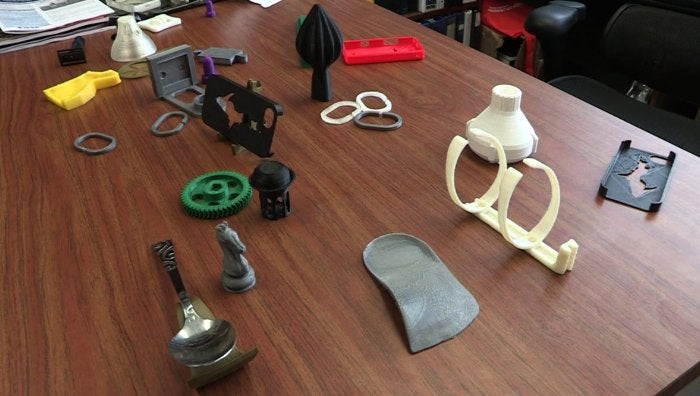3D printers could 'pay for themselves' in just two months
New study by Michigan Technological University showed yearly savings of between $300 and $2,000

A new study has challenged the notion that 3D printers are too expensive to be useful to households. The study was conducted by Michigan Technological University and showed that a 3D printer had the potential to offer savings of up to $2,000 a year by printing everyday objects.
Using a low-cost 3D printer, the RepRap, researchers printed twenty open-source 3D designs ranging from mobile phone accessories to kitchen utensils. They calculated that the cost to purchase these items from shops would be between $300 and $2,000.
This figure was then compared with the costs of purchasing the printer, the materials, and the production time involved. From this they calculated that the printer would pay for itself between four months and two years.
The large margins involved obviously represent the different costs associated with different quality items, which brings to the mind a question not addressed by the research – in terms of quality, how do objects produced by the RepRap compare with their commercial counterparts.
The study concluded that 3D printers already represent “an economically attractive investment for the average US household”, but also noted that as the technology increases in reliability and decreases in cost “open-source 3-D printers will become a mass-market mechatronic device”.
The first commercially available 3D printer in the UK was launched last month. The Velleman K8200 went on sale at Maplin from £699.99, though it seems clear that such technology will not reach its full potential for many years.

Join our commenting forum
Join thought-provoking conversations, follow other Independent readers and see their replies
Comments